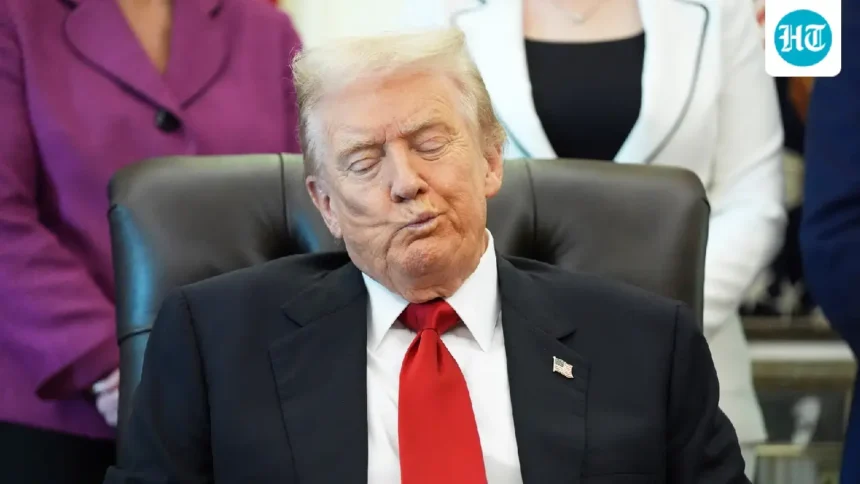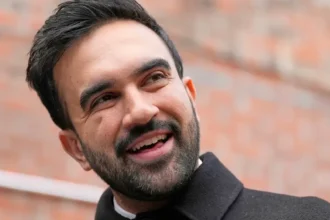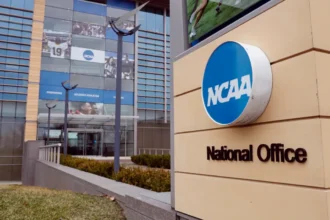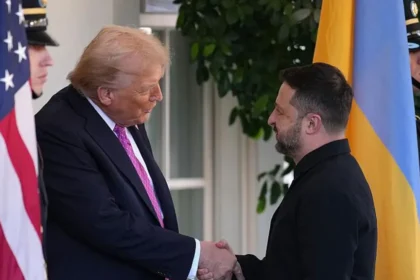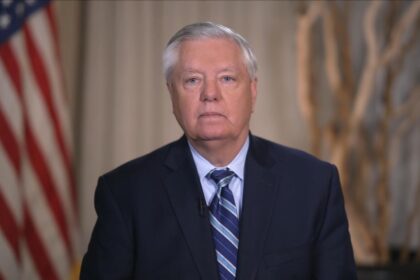Cameras capture Trump closing his eyes during Oval Office event, triggering online firestorm
During what was meant to be a routine Oval Office announcement, President Donald Trump found himself at the center of an unexpected viral storm. Photos and video clips showing Trump appearing to close his eyes and lean back in his chair during an event quickly flooded social media, sparking memes, mockery, and heated political debate about the president’s energy and image.
The incident took place during a White House media event focused on lowering prices for popular weight-loss drugs. As cameras rolled, Trump was seen with his eyes shut for several seconds, occasionally rubbing his face and leaning on his hand. The footage, replayed repeatedly on television and social platforms, prompted speculation that he had briefly dozed off during the proceedings.
A Viral Moment in Seconds
Within hours, still shots of the president with his eyes closed had spread across X, TikTok, and Instagram. The phrase “Dozy Don” began trending globally as users edited the clips into humorous montages and memes comparing the moment to Trump’s own past attacks on President Joe Biden, whom he famously called “Sleepy Joe.”
One viral post featured side-by-side images of both men with the caption: “The tables have turned.” Another video added snoring sound effects over the Oval Office footage, garnering millions of views within hours.
Supporters of the president were quick to push back, arguing that the still images were misleading and taken out of context. “He wasn’t sleeping he was clearly listening intently,” one supporter wrote online. “This is classic media spin.”
White House Responds
The White House swiftly issued a statement denying that the president had fallen asleep. A spokesperson clarified that Trump had “remained fully engaged throughout the event” and had answered questions before and after the official announcement. They accused the media of “turning a brief pause into a viral distraction.”
“President Trump was focused on the policy discussion at hand,” the statement read. “It’s disappointing that critics would rather obsess over camera angles than highlight how his leadership is delivering real results for Americans.”
Still, the images continued to dominate headlines and social feeds. Clips of the event aired repeatedly on late-night television, while news commentators debated whether the moment was an innocent lapse or a worrying sign of fatigue in a demanding job.
Political Reaction
The incident also drew political reactions across the aisle. Democratic figures seized the moment to highlight what they described as irony, given Trump’s repeated use of “Sleepy Joe” to criticize Biden’s stamina. California Governor Gavin Newsom posted an image compilation from the event with the caption, “Dozy Don is back,” fueling an online wave of political satire.
Republican allies, meanwhile, accused Democrats of “grasping at straws” and “weaponizing human moments.” Several conservative commentators argued that the president’s critics were “mocking age and humanity,” calling it an example of double standards in political coverage.
Political analysts say the episode reflects the high stakes of visual perception in modern politics. “Optics matter often more than substance,” one analyst noted. “When a leader looks disengaged, even briefly, that image can become a narrative faster than any policy announcement.”
Health and Image Concerns
The Oval Office moment also reignited discussions about presidential stamina and public perception. At 79, Trump remains under close scrutiny for his physical and mental endurance. While there has been no official indication of any health concern, moments like this naturally invite questions about energy and age in leadership.
Medical professionals who reviewed the footage for media outlets said that short eye closures or head tilts can occur during long, repetitive events and may not indicate fatigue or sleep. However, they acknowledged that, in politics, appearances often overshadow explanations.
The symbolism of Trump appearing momentarily disengaged in the same room where past presidents have made historic decisions proved too potent for the internet to ignore.
A Reflection of the Meme Era
The speed at which the story spread underscores the power of viral media to shape narratives. Political gaffes, gestures, and brief expressions often now dominate discourse more than policy details. Within hours, the Oval Office images became a global talking point amplified by users who weren’t necessarily following U.S. politics closely but found the visuals irresistible fodder for humor.
Digital culture experts note that such viral trends can have real political consequences. “Every image becomes a referendum on leadership,” one said. “In the meme era, it’s not about what you say it’s about how you look while saying it.”
Trump’s Response and the Bigger Picture
When asked about the incident later, Trump reportedly brushed off the controversy with humor, telling reporters, “I wasn’t sleeping I was thinking.” His comment drew laughter from supporters and underscored his instinct to turn criticism into a punchline.
Still, the “Dozy Don” moment may linger in the public imagination, not necessarily as evidence of weakness but as another flashpoint in the ongoing battle over image, optics, and perception in American politics.
While the event itself was minor, its viral afterlife exemplifies how even the smallest gestures can dominate headlines in a 24-hour news cycle. It also illustrates how quickly political narratives can turn and how social media’s hunger for irony ensures no public figure is immune from becoming a meme.
Final Thought
The Oval Office “closed eyes” moment might soon fade from the headlines, but its message about modern politics endures: every blink, pause, or sigh is now potential content. For President Trump, the episode serves as a reminder that even in the most controlled settings, perception rules and in the digital era, no one gets to rest, not even for a second.


